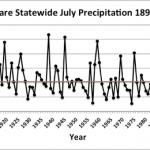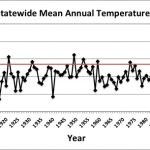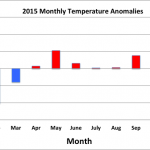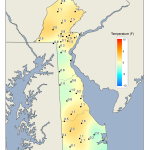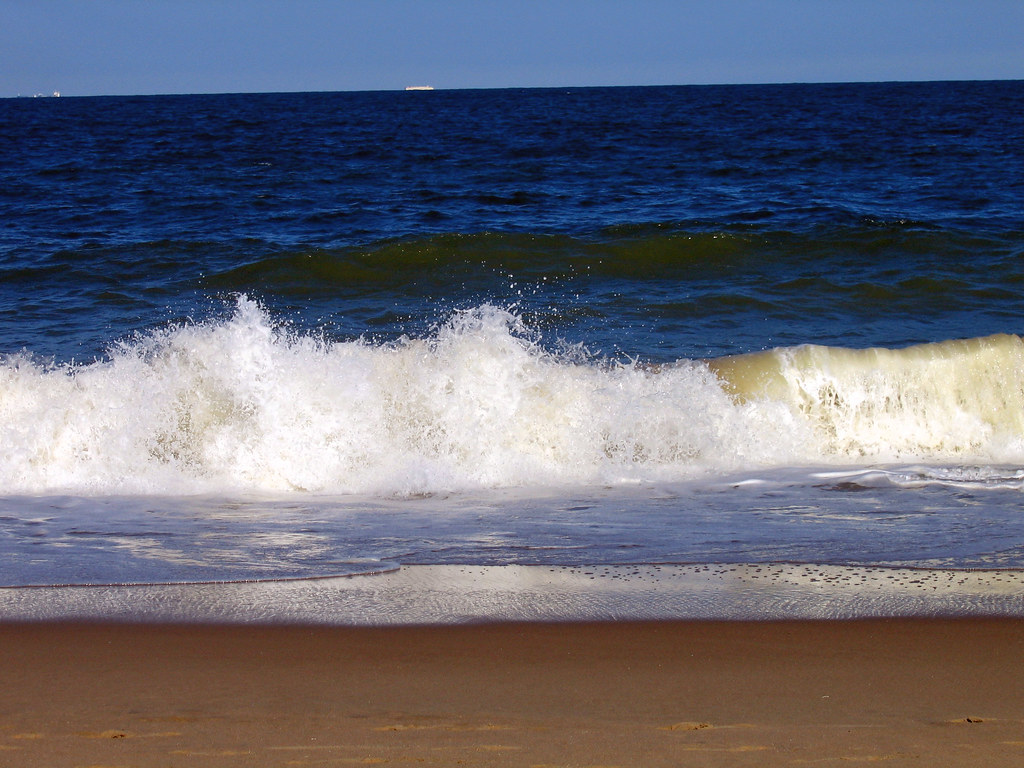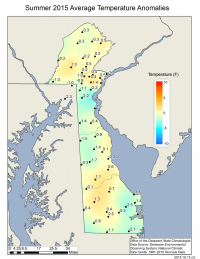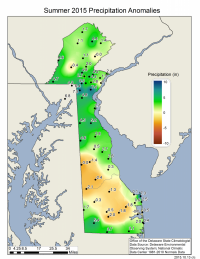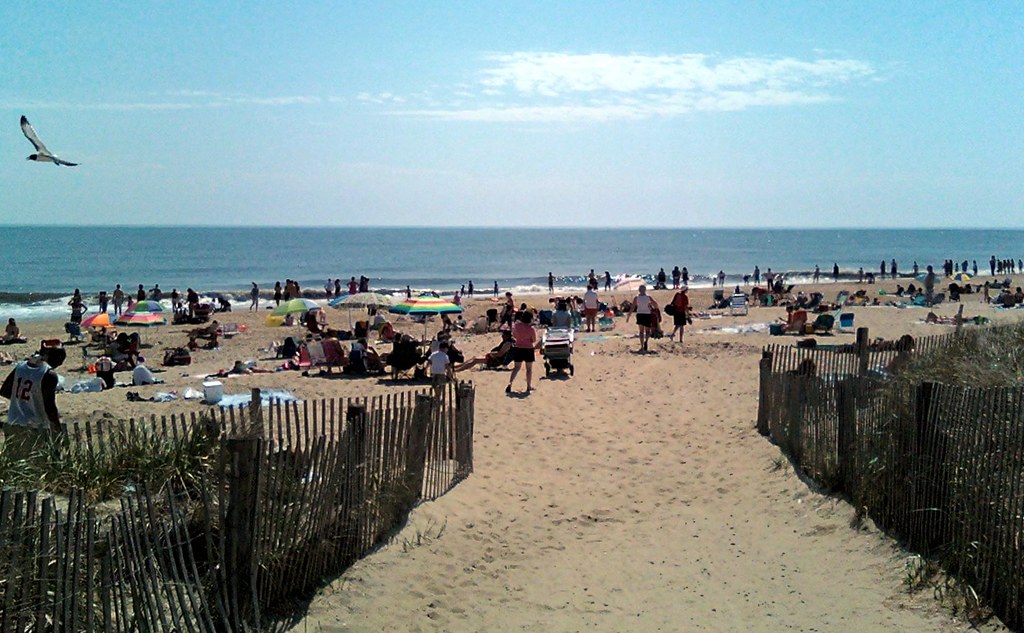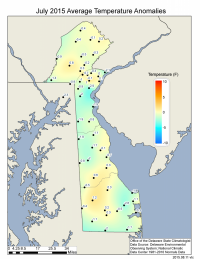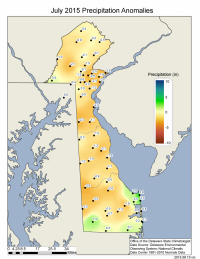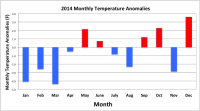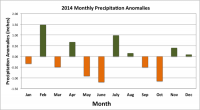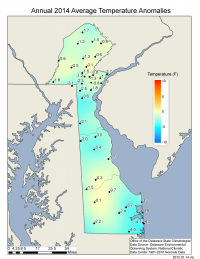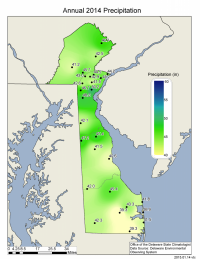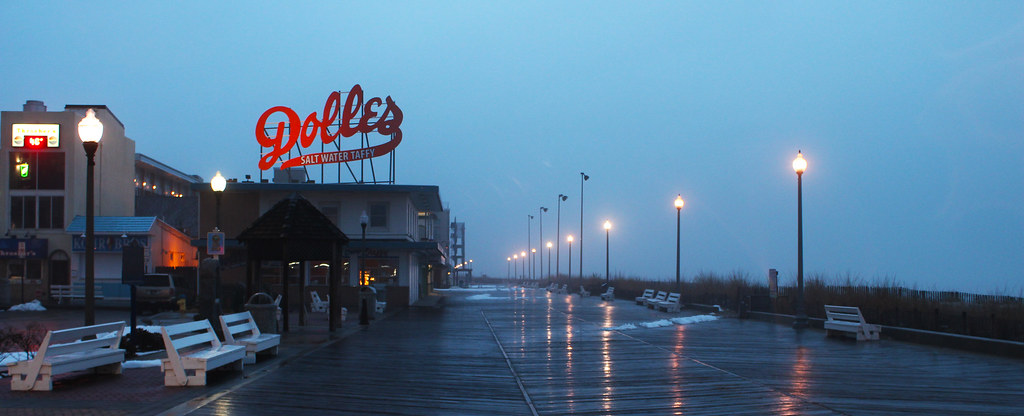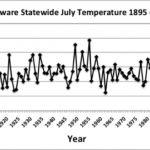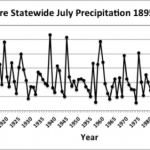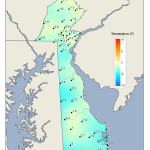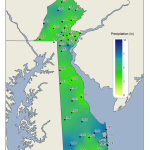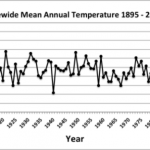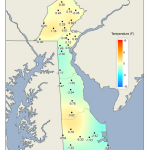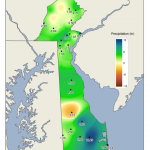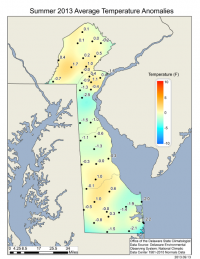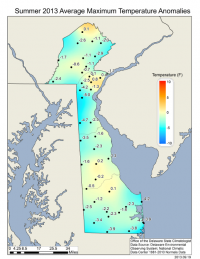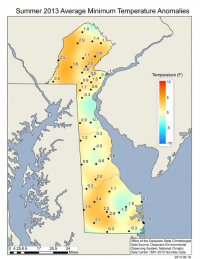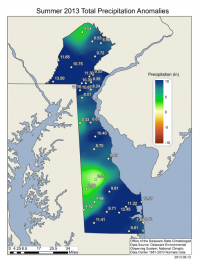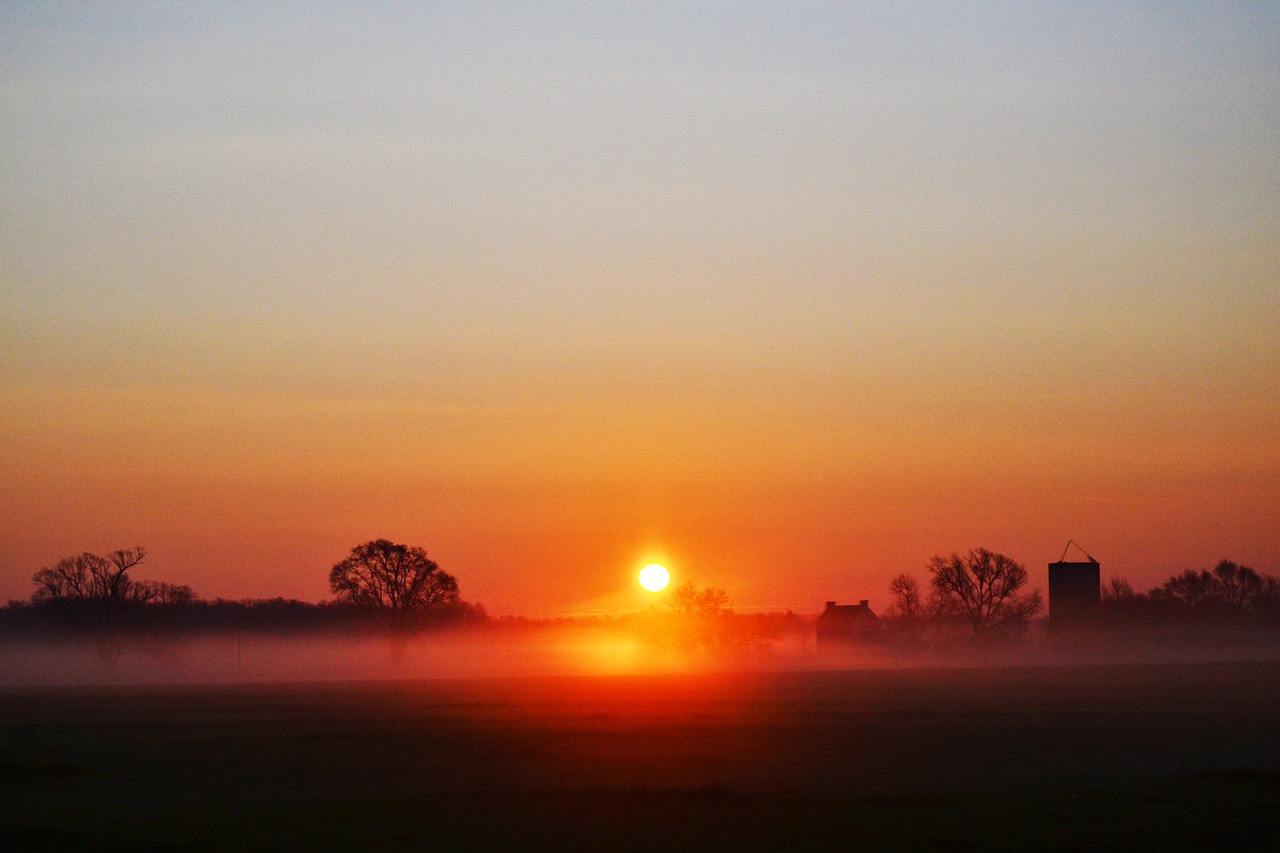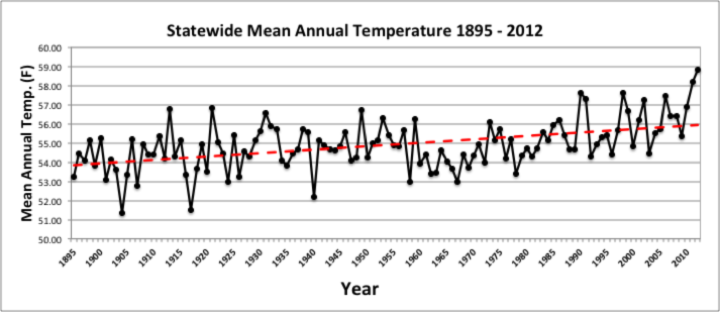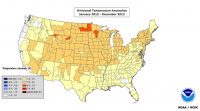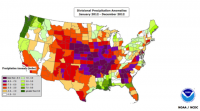July Temperatures
Preliminary data indicates that the statewide average temperature in July was 79.6°F, 3.0°F above the 1981-2010 normal of 76.6°F (Figure 1). July 2016 was the 5th warmest July since records began in 1895.
July Precipitation
Delaware’s statewide precipitation for July 2016 averaged 4.92 inches, 0.78 inches above the 1981-2010 mean of 4.14 inches (Figure 2). Precipitation amounts varied widely across the State as convective storms hit some areas, but missed others.
Statewide Spatial Averages
Data from the Delaware Environmental Observing System (DEOS) show that temperatures were above normal across the entire State, with the largest temperature anomalies found across northern Sussex and southern Kent counties (Figure 3). Precipitation varied significantly across the First State, with the largest positive anomaly found in the Seaford area (Figure 4). Much of the heavy precipitation in the southwestern portion of the State occurred during a strong thunderstorm on July 13th when over 5.0 inches of rain fell in many locations.
- Figure 1. Delaware statewide mean July temperature (°F) 1895-2016. Red line indicates 1981-2010 normal.
- Figure 2. Delaware statewide July precipitation (inches) 1895-2016. Red line indicates 1981-2010 normal.
- Figure 3. July 2016 average temperature departures (°F) from the 1981-2010 mean based upon DEOS station data.
- Figure 4. July 2016 precipitation departures (inches) from the 1981-2010 mean based upon DEOS station data.



